Follow Us:

Share
The 9K720 Iskander missile system is one of Russia’s most advanced short-range ballistic missile systems. It has gained significant attention due to its precision, speed, and tactical importance in global military strategies.
In this comprehensive post, we’ll dive into the history, development, and technical specifications of the 9k720 Iskander missile, including its various variants like Iskander-M, Iskander-K, and Iskander-E.
The 9K720 Iskander missile, also known as the SS-26 Stone by NATO, was developed by Russia to replace the aging SS-23 Oka missile system. This modernized missile system was introduced in the early 2000s and has since become an essential part of Russia’s tactical and strategic military capabilities.
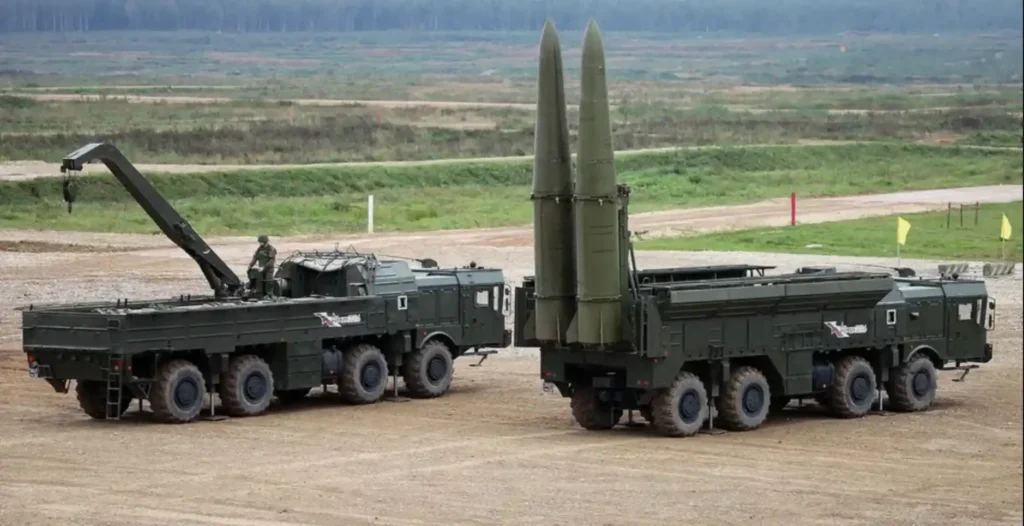
The 9k720 Iskander missile systems were designed to meet the challenges posed by modern warfare, providing high mobility, precision, and versatility. The system includes both ballistic and cruise missile variants, which give it an edge in striking targets with different strategic demands.
| Feature | Details |
| Range | Up to 500 km (310 miles) |
| Speed | Mach 6-7 |
| Accuracy | 5-7 meters CEP |
| Warhead Options | High-explosive, cluster, bunker-buster, and nuclear |
| Deployment Method | Mobile launcher (wheeled vehicle) |
| Variants | Iskander-M, Iskander-K, Iskander-E |
The 9K720 Iskander missile is a solid-fueled, single-stage ballistic missile that boasts a highly sophisticated design. It is approximately 7.3 meters in length and has a diameter of around 0.92 meters. The missile’s body is crafted from advanced materials to ensure durability and stealth capabilities. One of its key design elements is its maneuverability, allowing it to evade missile defense systems effectively.
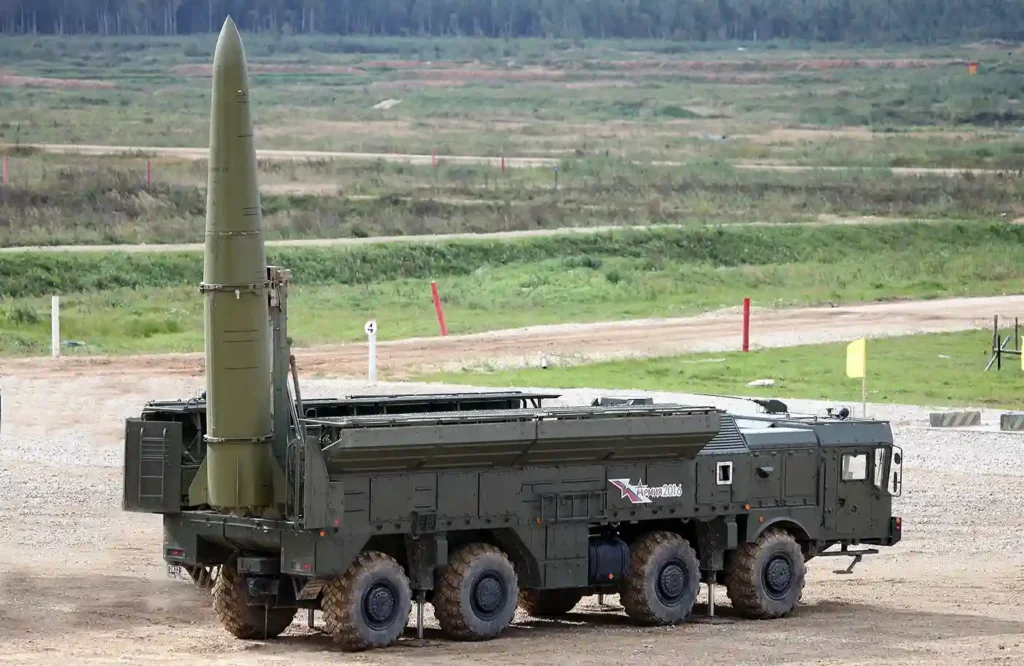
The Iskander missile system is typically mounted on a highly mobile Transporter-Erector-Launcher (TEL) vehicle, which carries and launches the missiles. The TEL vehicle allows for fast deployment and quick relocation, making it a flexible weapon on the battlefield.
The 9K720 Iskander Missile has a maximum range of up to 500 km (310 miles), depending on the variant and warhead configuration. This range allows it to strike deep into enemy territory with pinpoint accuracy. The missile can reach speeds of Mach 6-7, making it difficult for enemy air defenses to intercept.
Compared to other short-range ballistic missiles (SRBMs), the Iskander range and speed place it among the most formidable missile systems in the world. For instance, the U.S. ATACMS (Army Tactical Missile System) has a similar range but lacks the same advanced evasion capabilities.
The Iskander-M missile is versatile in terms of warhead options. Here’s a breakdown of the different warhead types it can carry:
One of the standout features of the Iskander missile systems is their mobility. The Iskander is deployed using a Transporter-Erector-Launcher (TEL), a mobile vehicle that can carry up to two missiles. The TEL vehicle enables the Iskander rocket to be quickly repositioned, launch the missiles, and leave the area to avoid counterstrikes.
The battle can start: Iran reportedly revived from Russia Iskander-M tactical cruise missile, capable of carrying nukes! pic.twitter.com/Izd8anPbbD
— Monitor𝕏 (@MonitorX99800) October 6, 2024
Here’s a simplified table highlighting the technical specifications of the Iskander-M missile:
| Specification | Details |
| Missile Length | 7.3 meters |
| Missile Diameter | 0.92 meters |
| Weight | 3,800 to 4,020 kg |
| Maximum Speed | Mach 6-7 |
| Maximum Range | Up to 500 km |
| Warhead Types | High-explosive, cluster, bunker-buster, nuclear |
| Deployment Vehicle | Mobile Transporter-Erector-Launcher (TEL) |
The Iskander-M missile variant is the most prominent and widely discussed version of the Iskander missile system. It’s known for its short-range ballistic missile (SRBM) capabilities and its role as a key part of Russia’s military arsenal. The Iskander-M missile can carry a variety of warheads, allowing it to strike different types of targets effectively.
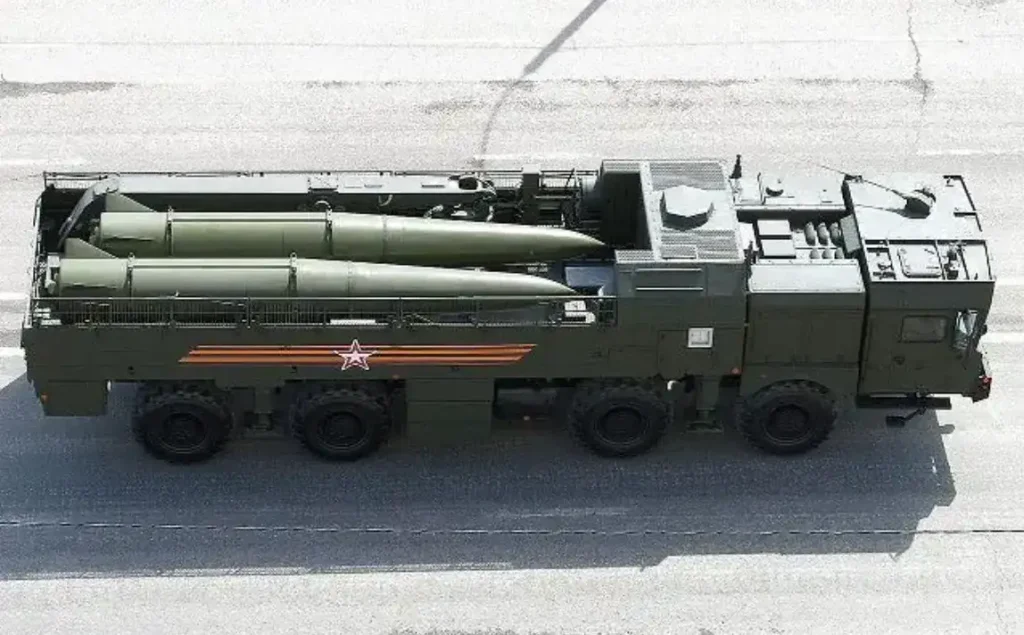
The Iskander-M missile system has been deployed by the Russian military in several strategic regions, emphasizing its importance in modern warfare. Due to its high precision and mobility, it’s considered a cornerstone of Russia’s regional defense strategy.
The Iskander K missile is a cruise missile variant of the Iskander missile system, designed to expand the operational flexibility of the system. Unlike the Iskander-M, which is a ballistic missile, the Iskander K missile follows a low-altitude, terrain-hugging flight path, making it harder to detect and intercept.
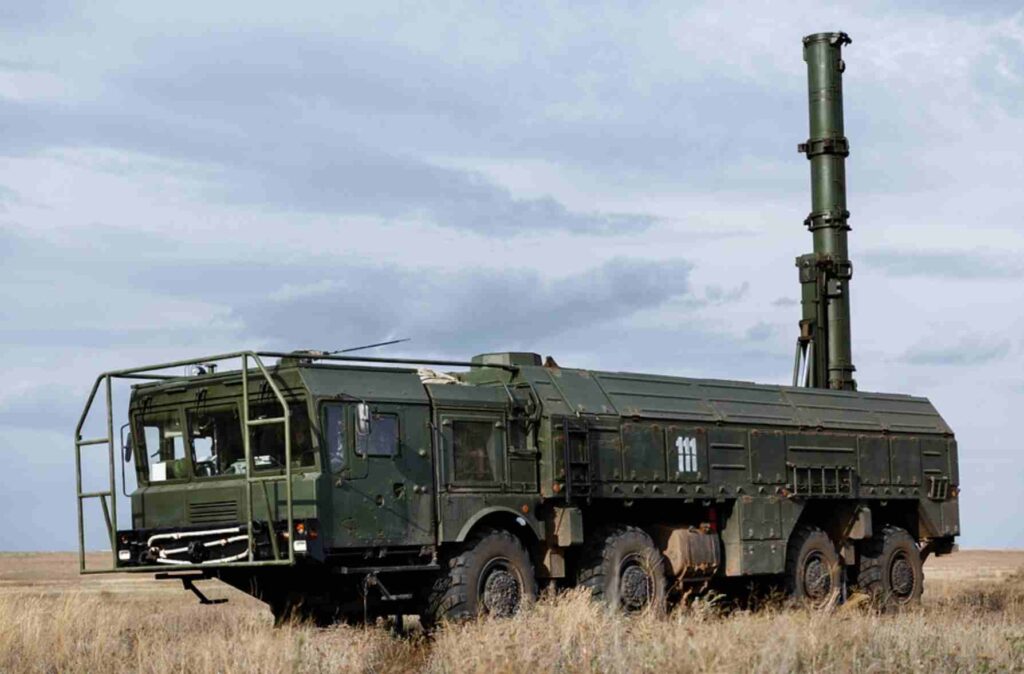
This variant is especially valuable when targeting enemy installations that are heavily fortified or have robust air defenses. Its stealth and precision make it a crucial component of the Iskander missile system.
The Iskander-E is an export version of the Iskander missile designed for foreign markets. Unlike its more advanced counterparts, the Iskander E missile comes with certain limitations in terms of range and payload due to international arms control agreements.
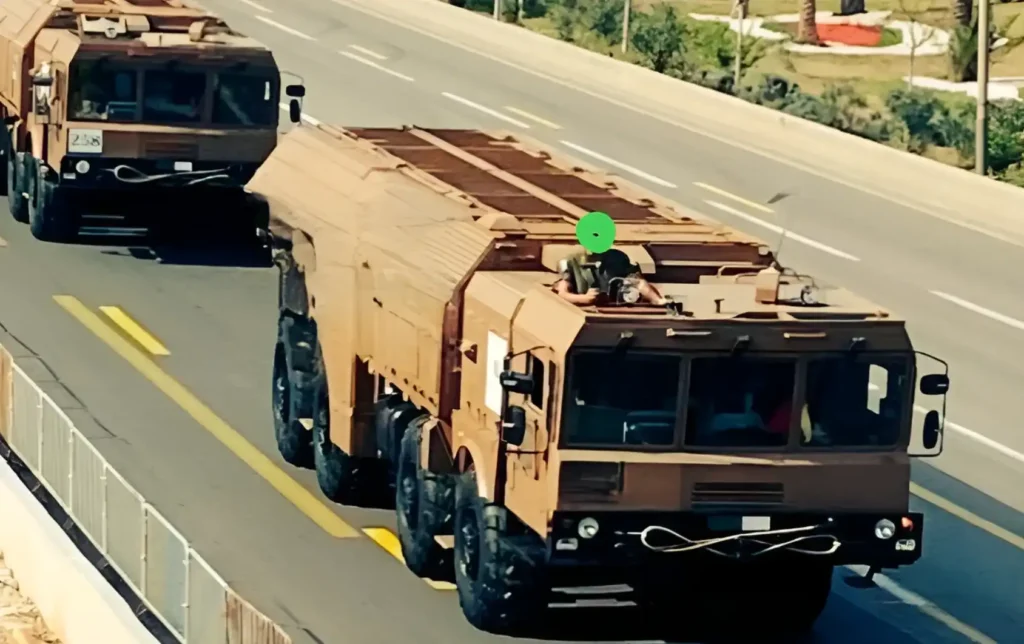
Despite these limitations, the Iskander E missile is still a potent option for countries looking to modernize their tactical missile capabilities.
| Variant | Type | Range | Warhead Options | Key Feature |
| Iskander-M | Ballistic Missile | Up to 500 km | High-explosive, cluster, bunker-buster, nuclear | Maneuverable, hard to intercept |
| Iskander-K | Cruise Missile | Up to 500 km | High-explosive, cluster, bunker-buster | Low-altitude, radar-evading flight path |
| Iskander-E | Export Ballistic | Up to 280 km | Conventional warheads only | Restricted capabilities due to treaties |
One of the key aspects that make the Iskander missile systems so effective is their sophisticated guidance and targeting systems. The Iskander-M missile uses a combination of inertial guidance, satellite-based navigation, and optical homing in its final phase to achieve high accuracy.
The combination of these systems results in an estimated Circular Error Probable (CEP) of just 5 to 7 meters, making the Iskander ballistic missile extremely precise.
To increase its chances of penetrating advanced missile defense systems, the Iskander-M missile is equipped with sophisticated decoy features. These decoys are released during the flight phase to confuse enemy radars and interceptors.
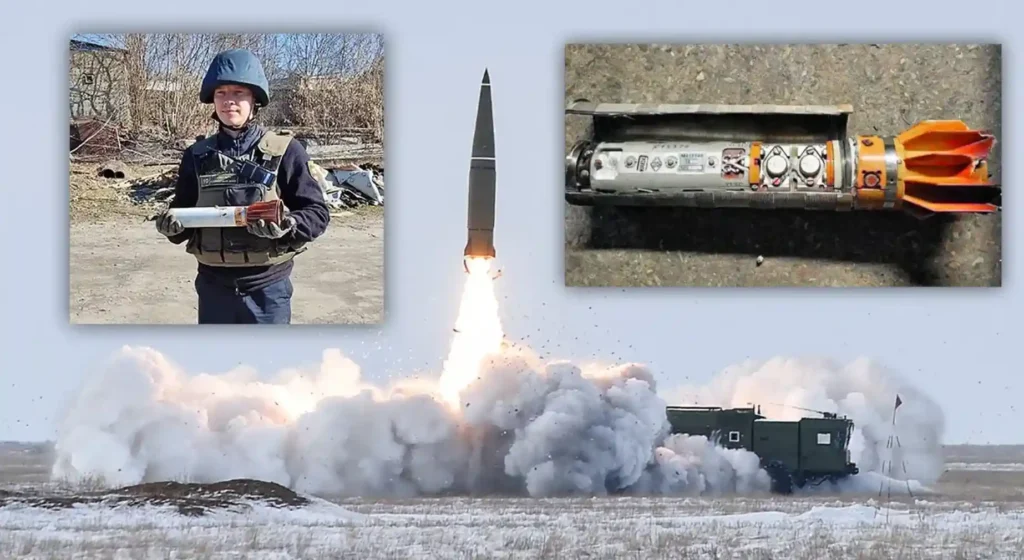
These decoy and evasion tactics make the Iskander missile systems highly effective against modern air defenses like the THAAD and Patriot missile defense systems.
The launch of an Iskander missile follows a well-defined process, which involves the rapid deployment of the missile from a Transporter-Erector-Launcher (TEL) vehicle. Once deployed, the TEL vehicle can move to a safe location to avoid counterattacks.
Combat work of the crew of the Iskander operational-tactical missile system during a Russian special military operation in Ukraine. pic.twitter.com/MoUBbJBqzf
— worldnews24u (@worldnews24u) April 25, 2022
The Iskander missile systems play a crucial role in Russia’s broader military strategy, especially when it comes to regional deterrence and tactical battlefield advantages. The deployment of the 9K720 Iskander serves multiple strategic purposes, such as enhancing offensive capabilities, demonstrating military power, and deterring potential adversaries.
The Iskander missile system’s ability to adapt to various warfighting needs, combined with its mobility and precision, makes it a cornerstone of Russia’s regional military strategy.
The Iskander-M missiles have been deployed or threatened to be deployed in several regional conflicts, often raising geopolitical tensions. Let’s look at some notable instances:
The strategic use of the Iskander missile systems is not just about offensive capabilities but also about power projection and deterrence. By deploying these systems in critical regions, Russia sends a clear signal to both regional and global powers. It’s clear that the 9K720 Iskander missile is more than just a piece of military hardware—it’s a pivotal element in Russia’s geopolitical strategy.
The 9K720 Iskander is often compared to other short-range ballistic missile (SRBM) systems, particularly those used by the United States and NATO forces. One of the most common comparisons is between the Iskander-M and the ATACMS (Army Tactical Missile System) used by the US Army.
| Feature | Iskander-M | ATACMS (MGM-140) |
| Maximum Range | Up to 500 km | Up to 300 km |
| Warhead Options | Conventional, cluster, nuclear, decoys | High-explosive and cluster warheads |
| Accuracy (CEP) | 5-7 meters | 10-50 meters |
| Speed | Mach 6-7 | Mach 3-4 |
| Guidance System | INS, GLONASS, optical homing | INS, GPS |
| Maneuverability | High, with evasive capabilities | Limited maneuverability |
The Iskander-M clearly stands out in terms of range, accuracy, and speed. Its maneuverability and decoy capabilities give it an advantage when facing modern air defenses, making it harder to intercept than the ATACMS. On the other hand, ATACMS is known for its wide adoption among NATO forces and compatibility with various launch systems, giving it versatility in deployment.
The Iskander missile systems are known for their impressive range, which varies slightly between different variants. The range capabilities of the Iskander-M and Iskander-K make them versatile weapons for both tactical and strategic operations.
When discussing the Iskander missile price and production costs, it’s essential to consider both the manufacturing of the missile itself and the infrastructure needed to deploy and maintain the missile system. While exact pricing details are not disclosed publicly due to the sensitive nature of defense contracts, estimates based on open-source data give a rough idea of its cost.
The high cost of the 9K720 Iskander missile systems reflects their advanced technology and versatility, making them a substantial investment in any country’s military arsenal. To put these figures in perspective, the ATACMS missile used by the US has a unit cost of approximately $1 million, making the Iskander significantly more expensive but also more capable in terms of range and evasion capabilities.
The Iskander-E variant is the only version available for export, adhering to international arms control agreements. Countries interested in purchasing the Iskander-E missile have to comply with restrictions set by treaties like the Missile Technology Control Regime (MTCR).
The 9K720 Iskander missile system has established itself as a cornerstone of Russia’s tactical and strategic capabilities. With its advanced technology, flexibility in warhead options, and sophisticated evasion features, the Iskander missile is not only a significant asset in conventional warfare but also a critical component in Russia’s broader geopolitical strategy.
The 9K720 Iskander missile is more than just a piece of military hardware; it is a symbol of Russia’s military strategy and its ambitions on the global stage. By leveraging the 9K720 Iskander Missile as both a tactical weapon and a strategic tool, Russia maintains a significant deterrent capability while demonstrating its technological prowess.
As tensions between global powers continue to evolve, the role of the Iskander missile system in modern warfare and geopolitical strategy will undoubtedly remain a subject of keen interest for military experts, policymakers, and international observers alike.
For those looking to delve deeper into global missile systems and defense strategies, I recommend exploring resources from The Missile Defense Advocacy Alliance and staying updated on evolving military trends.
Share
Defense Feeds is publication focusing on informing, engaging, and empowering the world by providing accurate information from defense technology.
Powered by Defense Feeds © 2025 – All rights reserved.